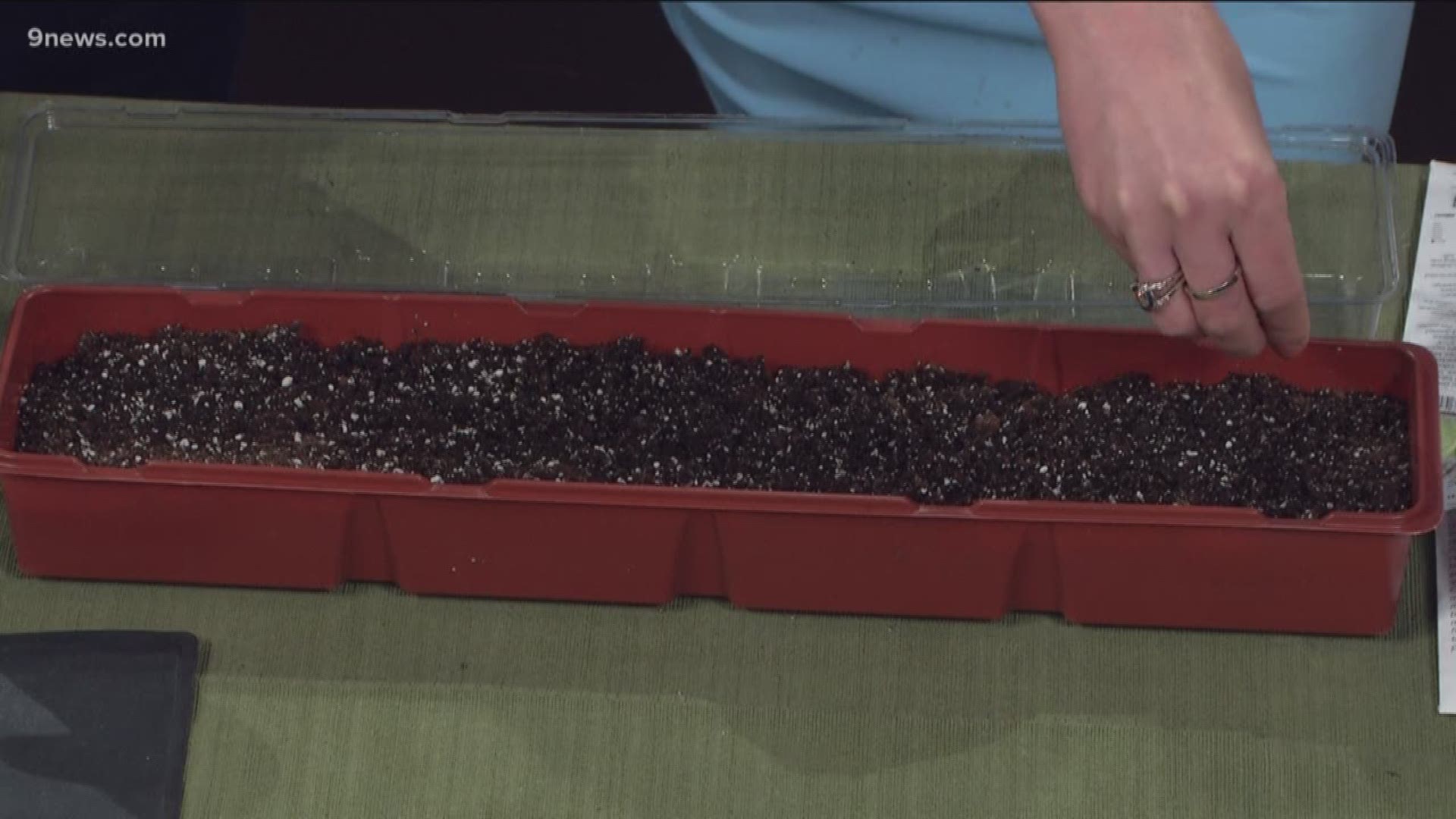DENVER — If you indulged in a little too much sugar and junk over the holidays and you have resolved to incorporate more nutritious foods into your diet, microgreens are a great place to start.
Microgreens are the baby version of the full-grown greens and veggies you love. They are fast and easy to grow, and pack a nutritional punch. Depending on the variety, they are often more nutrient-dense than their mature counterparts and they can be used in soups, salads, smoothies and as garnishes.
Your microgreen setup can be as simple or as elaborate as you want. If you wish to start simple, you only need a plastic tray or clean clamshell fruit containers, seed starting soil mix, microgreen seeds and a warm sunny spot to grow them. If you wish to get a little more elaborate, you can also include a plastic lid, seed-heating mat and grow lights. You can even purchase start-up kits specifically designed to grow microgreens.
After you have your materials, it's time to get sowing and growing! Start with a pre-moistened seed starting soil mix. Fill your tray or clamshell container with the mix, sprinkle your seeds over the soil, and work them in according to the sowing depth indicated on the seed packet. You do not need to worry about seed spacing, just sprinkle liberally. It works best to cover your tray with plastic wrap or a plastic dome lid. If you are using clamshell containers, just close the lid. The covering will act as a mini-greenhouse and keep your seeds moist and warm.
Put your tray in a warm, sunny spot, and make sure the soil does not dry out. To avoid washing out or disturbing your seeds, it is best to water them from below or mist them with a spray bottle. To water from below, make sure your tray has holes in the bottom to soak up the water and place your tray within another tray. Pour the water in the bottom tray and the soil will act as a sponge and soak up the water through the holes. If there is still water left in the bottom tray after a few hours, drain the extra water to prevent the soil from getting too soggy. In 7-10 days, depending on the growing conditions and type of greens you have selected, you will start to see microgreens. Remove the plastic lid after your greens emerge from the soil.
You can harvest your microgreens anytime after the first leaves appear. To harvest, simply cut the greens near the soil surface with a pair of clean scissors. Re-sow seeds often in multiple trays to always have a supply of greens to harvest!
SUGGESTED VIDEOS | Recipes and DIY

